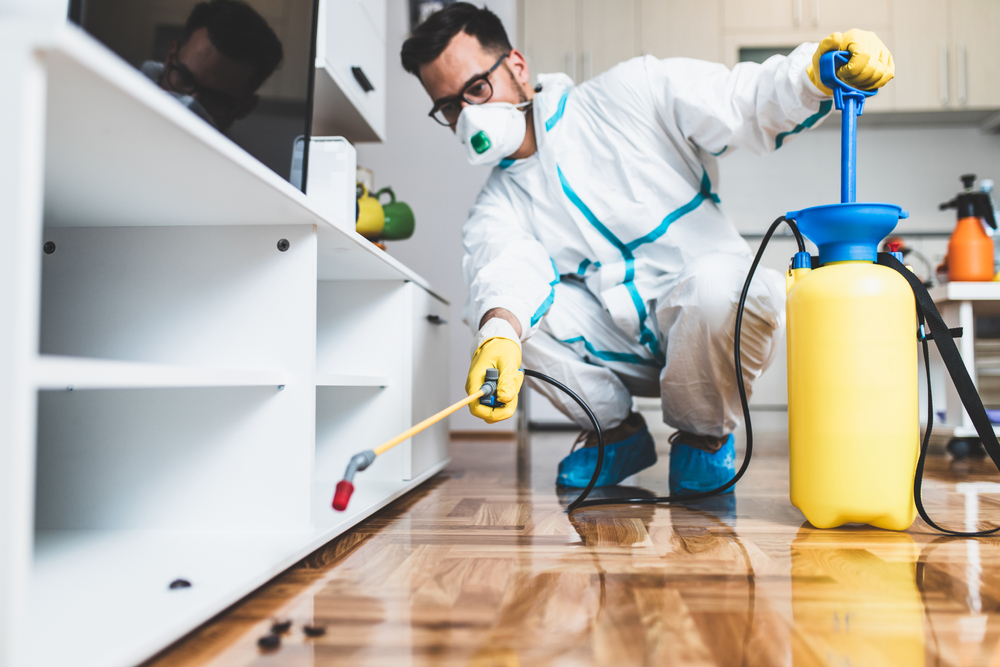Bed bugs are a nuisance that no one wants to deal with. These tiny, blood-sucking pests have been a source of annoyance and discomfort for centuries. Bed bug infestations can be a nightmare, causing sleepless nights and itchy, red welts on your skin. To reclaim your peace of mind, it's crucial to understand these pests and employ effective bed bug control measures. In this blog, we will delve into the world of bed bugs, exploring their characteristics, signs of infestation, and strategies for effective control.
Understanding Bed Bugs
Bed bugs, scientifically known as Cimex lectularius, are small, reddish-brown insects that feed on the blood of humans and animals. These nocturnal pests are incredibly adept at hiding in cracks, crevices, and seams of furniture, making them challenging to detect and eliminate.
Signs of Bed Bug Infestation
Detecting bed bug infestations early is essential for effective control. Here are some common signs to watch out for:
- Bite Marks: Bed bug bites typically appear as itchy, red welts, often in a row or cluster, on exposed skin areas. While not everyone reacts to bed bug bites, these can be a clear indicator of an infestation.
- Blood Stains: Bed bugs leave behind bloodstains on bedding, mattresses, and furniture when they are crushed during feeding.
- Dark Spots: Tiny dark spots or fecal stains can be found on bedding, walls, or furniture. These are a result of bed bug excrement.
- Eggshells and Shed Skins: Bed bugs molt and leave behind translucent skins and eggshells as they grow. Finding these remnants can be a sign of an infestation.
- Musty Odor: A strong, sweet, and musty odor may be present in areas with a heavy bed bug infestation.
Bed Bug Control
Now that we've covered what bed bugs are and how to identify their presence, let's dive into effective bed bug control strategies:
Declutter and Clean: Begin by decluttering your living spaces. Remove unnecessary items, vacuum thoroughly, and launder all bedding, curtains, and clothing on the highest heat settings. Bed bugs can hide in clutter, so reducing their hiding spots is crucial.
- Isolation: If you suspect bed bugs, isolate infested items to prevent their spread. Place items in sealed plastic bags and ensure that bed bugs do not spread to other areas of your home.
- Professional Extermination: In severe infestations, professional bed bug control is often necessary. Pest control experts can employ a variety of methods, including heat treatments, insecticides, and vacuuming, to eliminate bed bugs.
- Use Bed Bug Proof Covers: Encasing your mattress and box spring in bed bug-proof covers can prevent bed bugs from entering or escaping. These covers make it harder for bed bugs to find a hiding spot.
- Regular Inspections: After treatment, maintain vigilance. Regularly inspect your home for any signs of a resurgence. Early detection can prevent a full-blown infestation.
- Preventive Measures: To avoid future infestations, be cautious when traveling, inspect second-hand furniture, and be mindful of where you place your belongings in public spaces.
- Education: Educate yourself and your family about bed bugs, their behavior, and signs of infestation. Knowledge is your best defense.
In the battle against bed bugs, knowledge, and early detection are your most potent weapons. By understanding their habits and taking proactive measures for bed bug control, you can ensure a good night's sleep and a pest-free living environment. If the infestation is beyond your control, don't hesitate to seek professional assistance to reclaim your home from these pesky invaders.





Comments